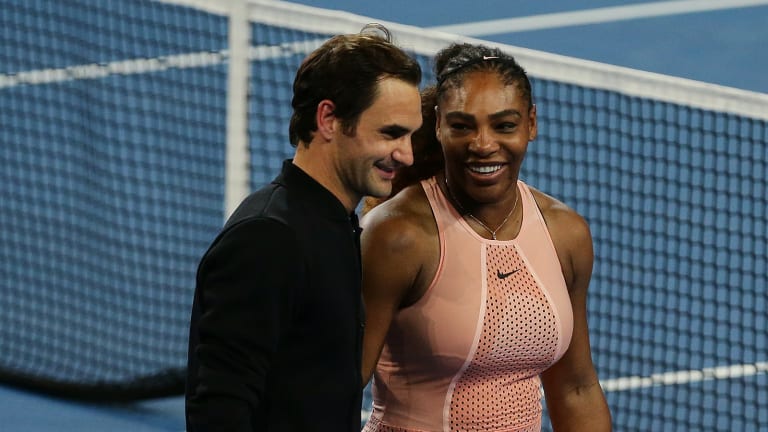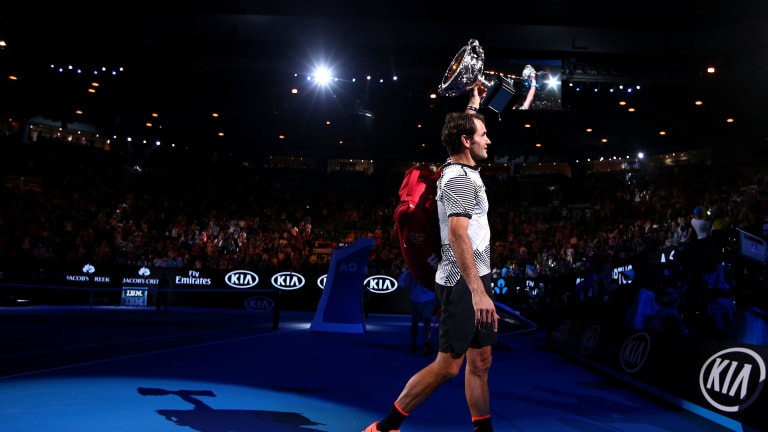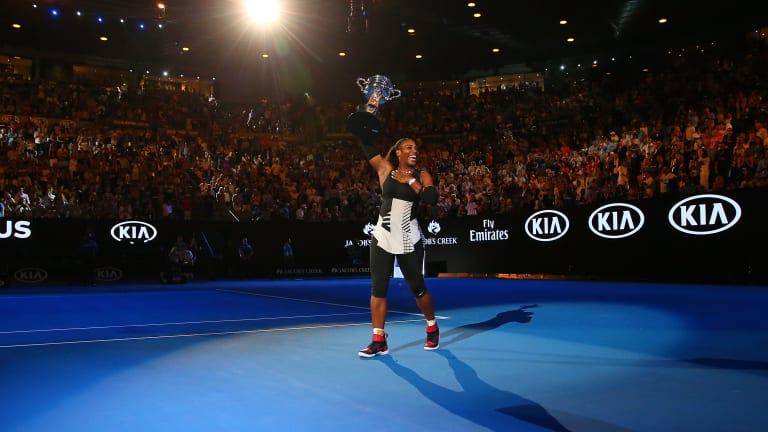Five things we already miss about Roger Federer and Serena Williams
By Feb 22, 2023Pop Culture
Venus Williams to co-chair 2026 Met Gala with Beyoncé, Nicole Kidman, Anna Wintour
By Dec 10, 20252025 Best Viral Moments
The Internet couldn’t stop talking about Serena Williams in 2025
By Dec 03, 2025Opinion
Whether Serena Williams returns or not, interest and debate will follow
By Dec 02, 2025Player News
Serena Williams signals possible return by rejoining testing pool
By Dec 02, 2025Social
Serena Williams breaks the internet with photos of herself teaching her 2-year-old daughter tennis
By Nov 26, 2025Ranking Reaction
Iga Swiatek becomes just second woman this century to finish four straight years in the Top 2
By Nov 11, 2025The Business of Tennis
Iga Swiatek now has the second-most career prize money in WTA history, after Serena Williams
By Oct 13, 2025Social
Maria Sharapova goes from the Hall of Fame to the practice court
By Oct 06, 2025Social
Serena and Venus Williams to launch 'Stockton Street' podcast on X
By Sep 15, 2025Five things we already miss about Roger Federer and Serena Williams
It has been five months to the day since the Swiss played his final point.
Published Feb 22, 2023
Advertising
Advertising

Roger and Serena during their only playing appearance together, at the 2019 Hopman Cup in Perth, Australia.
© Getty Images
Advertising
Advertising
Advertising
Advertising

The Australian crowds showered Federer with support, win or lose (he won a lot more than he lost).
© 2017 Getty Images
Advertising

Like Federer, Serena had a most memorable 2017 Australian Open.
© 2017 Getty Images